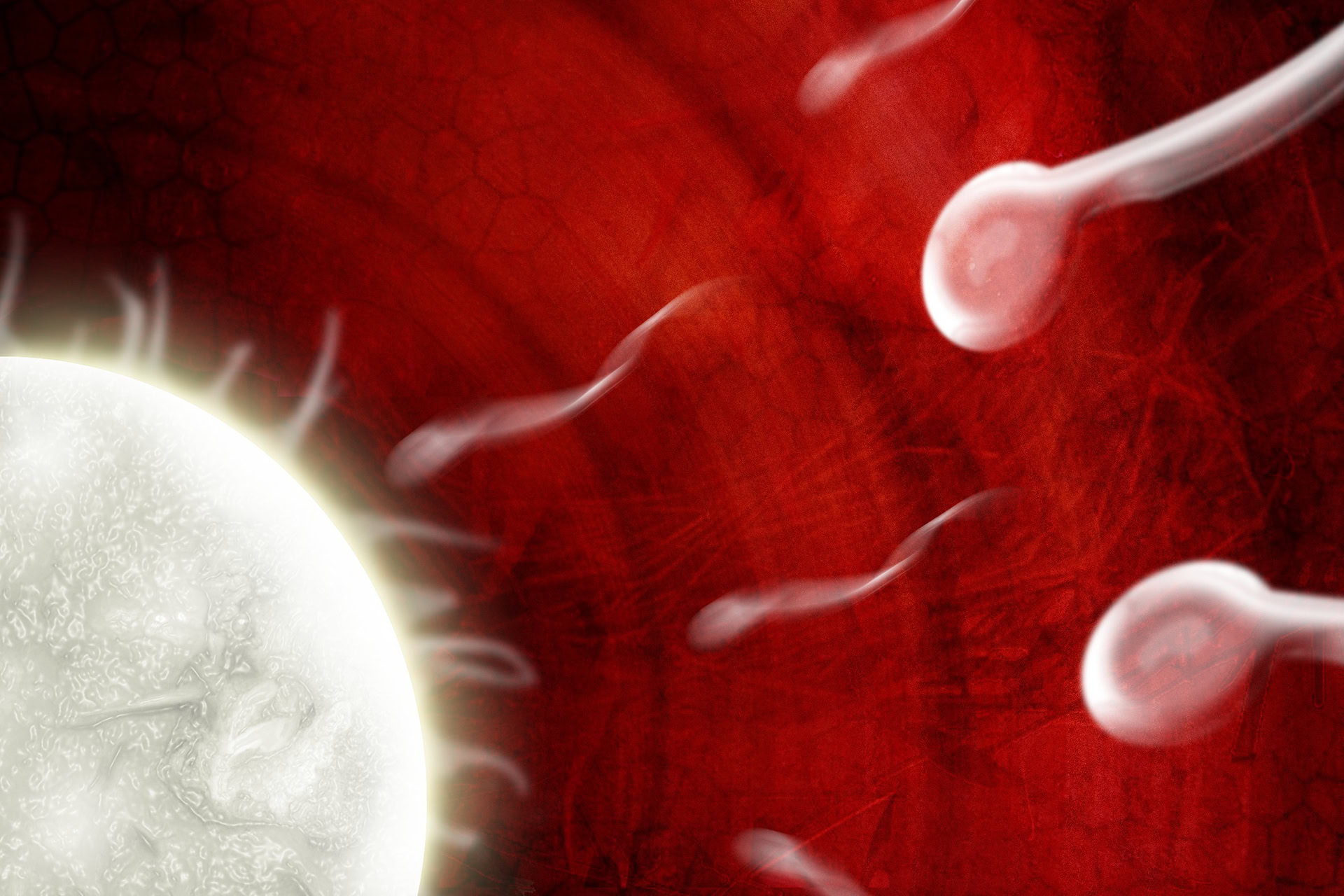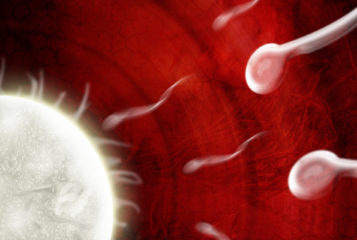The New Scientist recently recounted the story of an American teenager conceived through ostensibly anonymous donor insemination who had been able to identify his donor through DNA testing and an Internet genetic database service.
In fact, we have known since Barry Stevens' remarkable documentary, Offspring, released in 2001, that with some genetic background information, access to DNA testing and the internet, persistence, determination - and a bit of luck - it was possible for at least some donor-conceived people to identify and locate other people to whom they were genetically related as a result of donor conception.
Popular representations of such stories risk concealing the reality for many, if not most, donor-conceived people who are unlikely to make much progress in determining the identity of their donor and may give the misleading impression that establishing paternity through DNA testing is relatively easy and straightforward.
Nevertheless, it would be reckless to assume that donor anonymity can now be guaranteed - even where it continues to receive legal sanction. A small number of jurisdictions have taken what I consider to be both the logical and the right step of making provisions to allow donor-conceived people to learn their donor's identity. Where this has happened, prior to donation donors are given both information and the opportunity to receive counselling about the immediate and long-term implications of being a donor - not least for themselves and their own current or future family members. None of these jurisdictions (including the UK) has applied these provisions retrospectively - usually on the grounds that past assurances of anonymity to donors should not be betrayed.
Of course, irrespective of the legal position, it is now all-too-evident that such assurances - either for past or future donations - are meaningless. As the New Scientist stated in its perceptive editorial: 'we owe it to donors to help them prepare for what is to come...It is time for the relevant authorities and charities to step in, perhaps even arrange meetings between donors and their offspring, in ways that minimise pain and disruption for all concerned'. The UK is better prepared to do so than many jurisdictions. In 2004, a voluntary contact register funded by the Department of Health, UK DonorLink, was launched to exchange information and facilitate contact by mutual consent between anyone over the age of 18 who was conceived using donated sperm or eggs, donated in the UK, or thinks that they may be biologically related to a donor-conceived person.
However, the remit of UK DonorLink is restricted to donor procedures occurring before the Human Fertilisation and Embryology (HFE) Act came into force in August 1991, and the HFE Authority (HFEA) is not funded to provide either counselling or intermediary services for donor procedures taking place since implementation of the Act. Consequently, provision in this country for information, advice, support or counselling for anyone involved in - or affected by - a donor procedure is far from systematic.The legal and financial responsibilities of semen donors who donated prior to 1991 also remain ambiguous - which the House of Commons Science and Technology called upon the government to address in its report Human Reproductive Technologies and the Law (Vol I, para. 150).
It is not at all clear what services would be available to a donor-conceived person and his or her family - or to a donor and his or her family - if something like the story reported in New Scientist were to occur in the UK. The government is currently consulting on (among other things) whether the age at which a donor-conceived person should be able to receive information about the donor's identity should be reduced from 18 to 16 - and this would impact on access to information and counselling available under the Human Fertilisation and Embryology Act.
But, irrespective of the government's decision on this, there is no guarantee that people will not obtain this information before they are 'legally entitled' to do so. Are we simply going to say that that renders them - and anyone else affected by their acquisition of this information - ineligible for assistance? Surely not; if we are to avoid a loss of confidence in the system of donor conception in the UK, the government, the HFEA, service providers and professional groups need quickly to decide an effective strategy to support donor-conceived people, donors - and their families.




Leave a Reply
You must be logged in to post a comment.